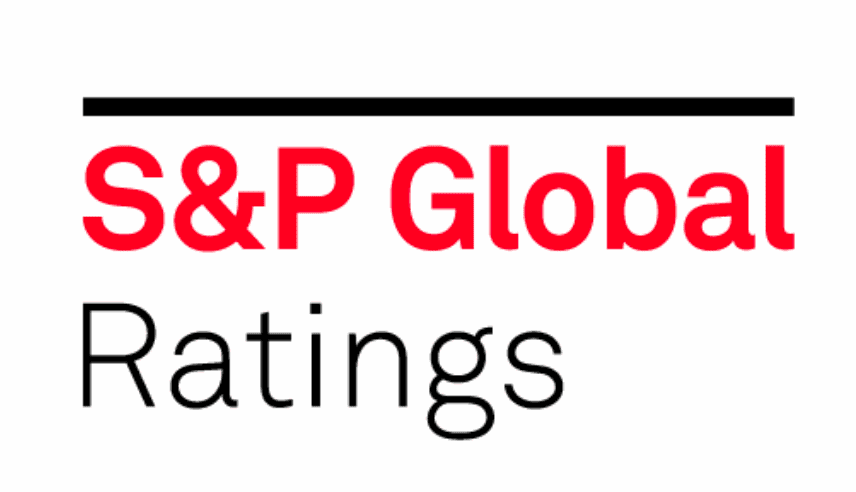S&P revises reinsurance outlook to stable, as pricing power returns

The global reinsurance market outlook is no longer negative, S&P Global Ratings said yesterday, as pricing power has now returned to reinsurers giving the rating agency the confidence to offer a stable view of the market’s prospects.
The rating agency said the change in its view of reinsurance comes about “because we expect it will earn its cost of capital in 2023-2024, based on favorable property/casualty reinsurance pricing conditions, pre-pandemic earnings levels in life reinsurance, and increasing net investment income.”
These green shoots are expected to take root across the reinsurance market, helping the industry to address challenges it has faced, S&P Global Ratings said.
Noting that, “Reinsurers have had to quickly adapt to evolving conditions amid more frequent and severe natural disasters and an abundance of unprecedented economic and geopolitical events.”
The outcome of rounds of reinsurance renewals have given S&P greater confidence over the sector, with changes made to the coverage pricing and terms offered expected to “provide a long-lasting tailwind”.
“During the 2023 renewals, much-needed structural changes in reinsurance underwriting, including tighter terms and conditions and repricing of risk, resulted in the hardest market in decades in short-tail lines, shifting pricing power back to reinsurers,” explained S&P Global Ratings credit analyst Taoufik Gharib.
However, the increasing cost of capital of reinsurers is noted as a headwind, a factor that should also drive the industry to sustain the gains and improvements now made.
It’s also driving a divergence of strategy, on which S&P notes, “Some reinsurers see pricing adequacy within the property catastrophe segment as a profitable opportunity, while for others it’s a stark reminder of the inadequate returns of the past several years. Some reinsurers have grown their natural catastrophe exposure, while others have reduced it or even completely exited the property catastrophe business.”
Going on to explain that, “It remains to be seen whether pricing increases are enough to draw back certain reinsurers that have exited the property catastrophe business over the past several years after the heightened natural disasters, including secondary perils such as severe convective storms, wildfires, and floods. It’s also too soon to tell if the pricing improvements are enough to withstand the more frequent and severe natural catastrophes.”
The S&P analyst team further highlight the improvements to property catastrophe reinsurance pricing.
Saying that, “In our view, price increases are more effective this time around because of the fundamental underwriting changes: Reinsurers have tightened policy wording for exclusions for certain risks (such as cyber, war, and terrorism), raised their attachment points, scaled down limits, and offered meaningfully less capacity to lower layers and aggregate covers, thereby hedging against the increasing frequency of natural catastrophes and high inflation.”
The re-emergence of pricing power in reinsurance also bodes well for sustaining higher spreads in catastrophe bonds and insurance-linked securities (ILS).






